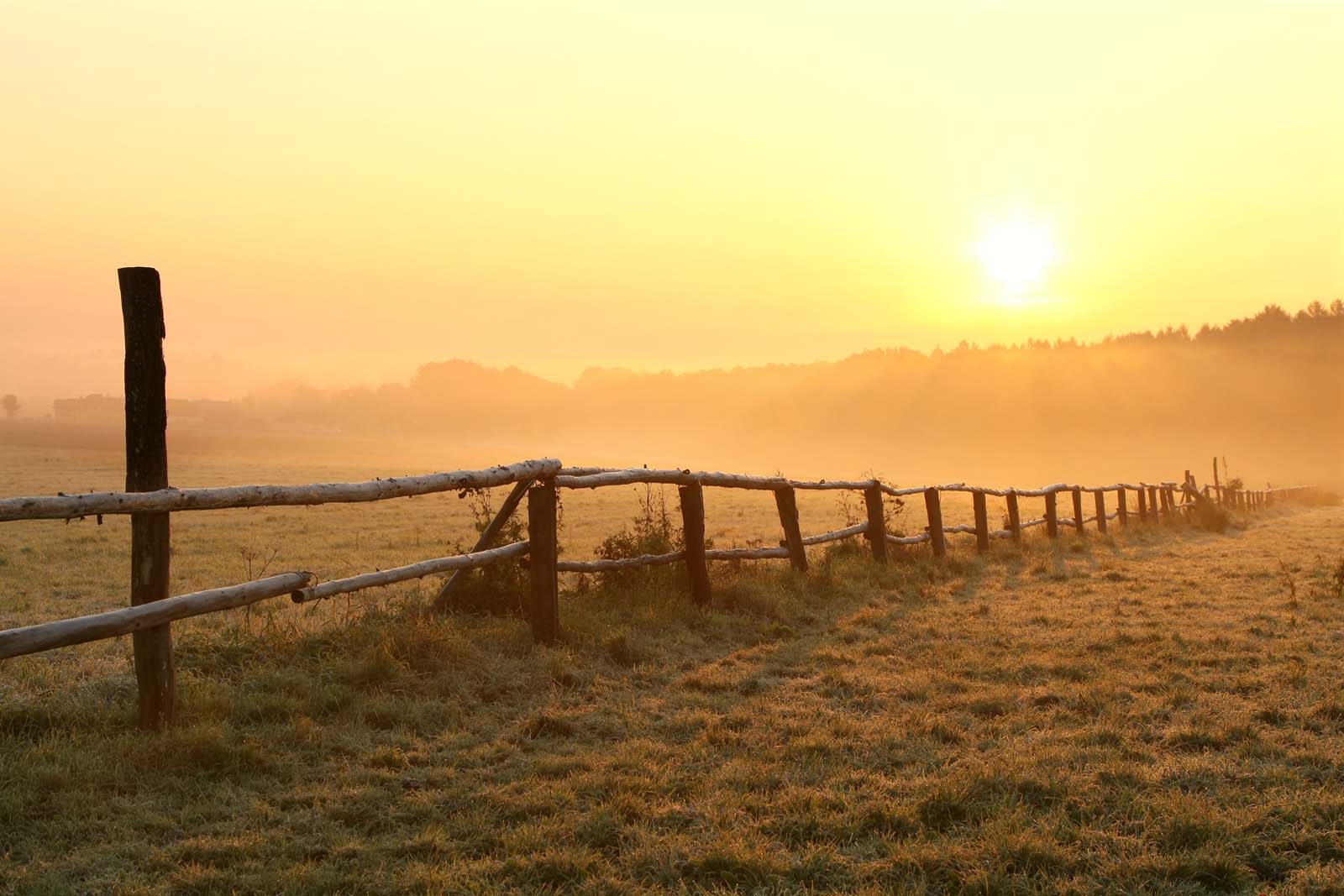The following article was originally published in Western Producer.
The single most common question I’m asked as a farm management consultant is “what is the right price to pay for land?”
With rising grain prices and low interest rates, there is strong demand for cropland across Western Canada, and prices have risen sharply in recent years. Producers are rightly concerned about how much they should bid and what they can afford, but there are a number of factors unique to each individual situation that must be taken into account in order to discover the answers.
Land is a long-term asset and is often financed over the long term, meaning that the purchaser must be able to service the debt for many years. The recent surge in land values has been the result of short-term gains such as the rise in grain prices due to drought in the United States last year. Many producers are currently able to be more aggressive, seeing an opportunity to capitalize on high grain prices by increasing their land base. But to ensure that the investment is viable long-term, it is critical to look at the land’s productive value over the long term.
Soybeans and corn have a higher per acre return than crops traditionally grown in Western Canada. The spread of these crops into Western Canada has meant that some producers are seeing higher productive land values and are therefore able to pay more for land. Although that’s only occurring in pockets of the region, it is driving land prices up across the Prairies, and in some areas prices are or will be surpassing productive land value over the long term.
In Manitoba, land is trading at $4,000 to $5,000 an acre and cannot produce enough revenue to pay for itself. To make such purchases work, the buyer will have to subsidize new land with revenue from land already owned that has less or no debt attached to it.
The purchaser needs to determine whether the farm can service the debt if short-term conditions change. This requires careful analysis of one’s financial situation in a scenario of lower grain values, higher interest rates and increased input values.
The decision to buy land and the appropriate price to pay also involves ensuring that the farm has the proper financial structure and that it is operating efficiently and profitably at the current size. If it isn’t, getting bigger could result in bigger losses rather than increased profitability. The farmer must effectively manage risk, input costs, grain sales and interest rates.
A farmer must also consider the stage of his or her career when making land purchases. If a producer anticipates retirement in a few years, there is no guarantee that land prices will appreciate in that time, and renting may be a better option. However, if the producer is younger and planning to farm for a long time, buying may be less risky than facing the risk of rising rent costs.
A key piece in determining how much is too much to pay for land is the capital plan. To derive value from land, the farmer needs appropriate assets such as equipment and storage. The capital plan must accommodate these assets and the need to replace them at the appropriate time.
I also recommend that clients get pre-approved for a set amount from their lenders. If the lender knows that the operation is prepared for the purchase and has approved the financing, the process of buying is much easier.
Ultimately, the amount a producer should pay for land depends on:
- The current financial health of the farm
- The ability to adapt to and manage expected and unexpected changes
- Whether the land contributes to a strong portfolio
- Productive land value as determined in the context of the producer’s unique operation
Through this comprehensive analysis, producers can confidently make land purchase decisions even as prices increase.


